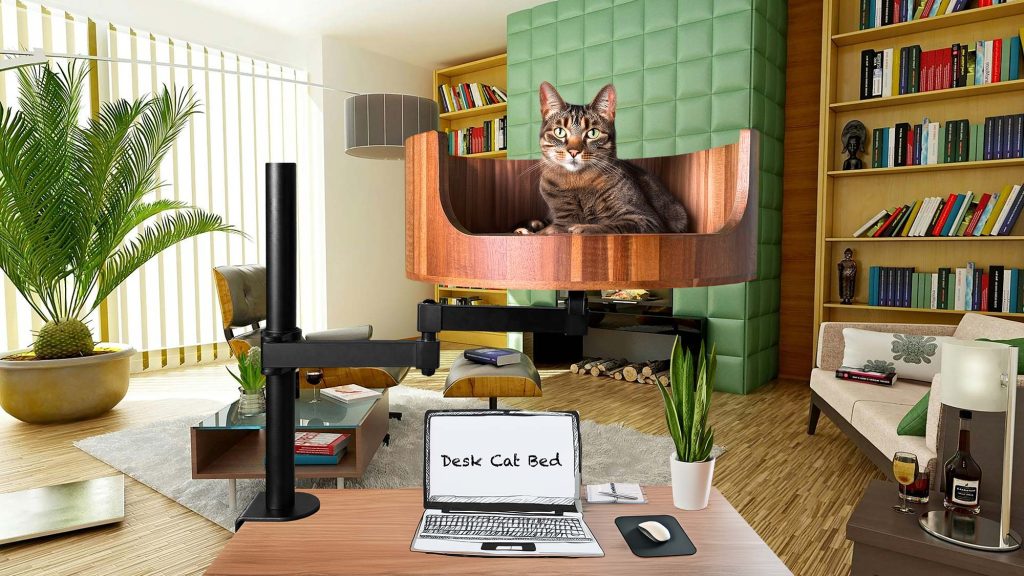Cats are notorious for their finicky eating habits, but what about when they suddenly vomit after a meal? This common behavior can be concerning for cat owners, leading to questions about what causes it and how to prevent it. In this article, we’ll explore the various reasons why cats vomit after eating and provide practical solutions to help alleviate this issue.
From hairballs to gastrointestinal issues, there are several potential causes for a cat’s post-meal vomiting. Understanding these underlying factors can help cat owners better care for their feline friends and address any health concerns that may be contributing to this behavior. Additionally, we’ll discuss dietary considerations and lifestyle changes that can help reduce the frequency of vomiting episodes, giving cat owners peace of mind and their pets better digestion. Stay tuned to discover how to tackle this common issue and ensure a happier, healthier dining experience for your beloved cat.
1. Common causes of cats vomiting after eating include eating too quickly, hairballs, sensitive stomachs, and underlying medical conditions.
2. It is important to observe your cat’s behavior and diet to determine the root cause of their vomiting.
3. Feeding smaller, more frequent meals can help prevent vomiting in cats.
4. Providing access to fresh water, regular grooming to prevent hairballs, and a balanced diet are key factors in reducing vomiting episodes.
5. Consulting with a veterinarian is recommended if vomiting persists or if there are other concerning symptoms present.
Causes of Vomiting in Cats
There are several reasons why cats may vomit after eating. One common cause is overeating, which can lead to stomach irritation and subsequent vomiting. Other potential causes include food allergies, eating too quickly, dietary indiscretion (eating non-food items), hairballs, gastrointestinal diseases, or underlying health conditions such as kidney disease or pancreatitis. Stress or anxiety can also trigger vomiting in some cats.
Signs to Look Out For
If your cat is frequently vomiting after eating, it is important to monitor their behavior and look out for any other signs of illness. These may include lethargy, decreased appetite, weight loss, changes in bowel habits, or blood in the vomit. Keep track of when the vomiting occurs, what type of vomit it is (e.g., undigested food, bile, hairballs), and if there are any specific triggers that seem to cause the vomiting episodes.
Seeking Veterinary Care
If your cat is vomiting consistently or showing other signs of illness, it is crucial to seek veterinary care promptly. Your veterinarian will be able to perform a thorough physical examination, run diagnostic tests to determine the underlying cause of the vomiting, and recommend appropriate treatment options. Depending on the diagnosis, treatment may include dietary changes, medications, or management of underlying health conditions.
Preventing Vomiting in Cats
There are several strategies you can try to help prevent vomiting in your cat after eating. These may include feeding smaller, more frequent meals, using puzzle feeders or slow feeder bowls to encourage slower eating, switching to a hypoallergenic diet if food allergies are suspected, grooming your cat regularly to minimize hairballs, and managing stress or anxiety through environmental enrichment or behavior modification techniques. It is important to work closely with your veterinarian to develop a personalized plan for your cat’s specific needs.
Frequently Asked Questions
Why do cats vomit after eating?
There are several reasons why cats may vomit after eating. Some common causes include eating too quickly, food allergies or sensitivities, hairballs, gastrointestinal issues, or ingestion of something toxic. It is important to monitor your cat’s behavior and consult with a veterinarian if vomiting becomes frequent or is accompanied by other symptoms.
How can Desk Cat Nest help prevent cats from vomiting after eating?
Desk Cat Nest can help prevent cats from vomiting after eating by providing a comfortable and stress-free environment for your cat to enjoy their meals. The raised design of the nest can help promote better digestion and reduce the chances of your cat eating too quickly. Additionally, the cozy and secure space can help reduce anxiety and prevent hairballs from forming.
Is Desk Cat Nest suitable for all cats, including those with specific dietary needs?
Desk Cat Nest is suitable for most cats, but it may not be appropriate for cats with specific dietary needs or medical conditions that require specialized feeding instructions. It is always best to consult with a veterinarian before making any changes to your cat’s feeding routine, especially if they have a history of vomiting after eating.
In conclusion, providing your cat with a comfortable and elevated eating space, such as the Desk Cat Bed, can help prevent vomiting after meals. This innovative product not only keeps your feline friend in a relaxed and upright position while eating, but also reduces the chances of indigestion and regurgitation. By investing in a Desk Cat Bed, you are not only improving your cat’s overall dining experience, but also promoting their digestive health and well-being. Say goodbye to post-meal messes and hello to a happier, healthier cat with the Desk Cat Bed.


